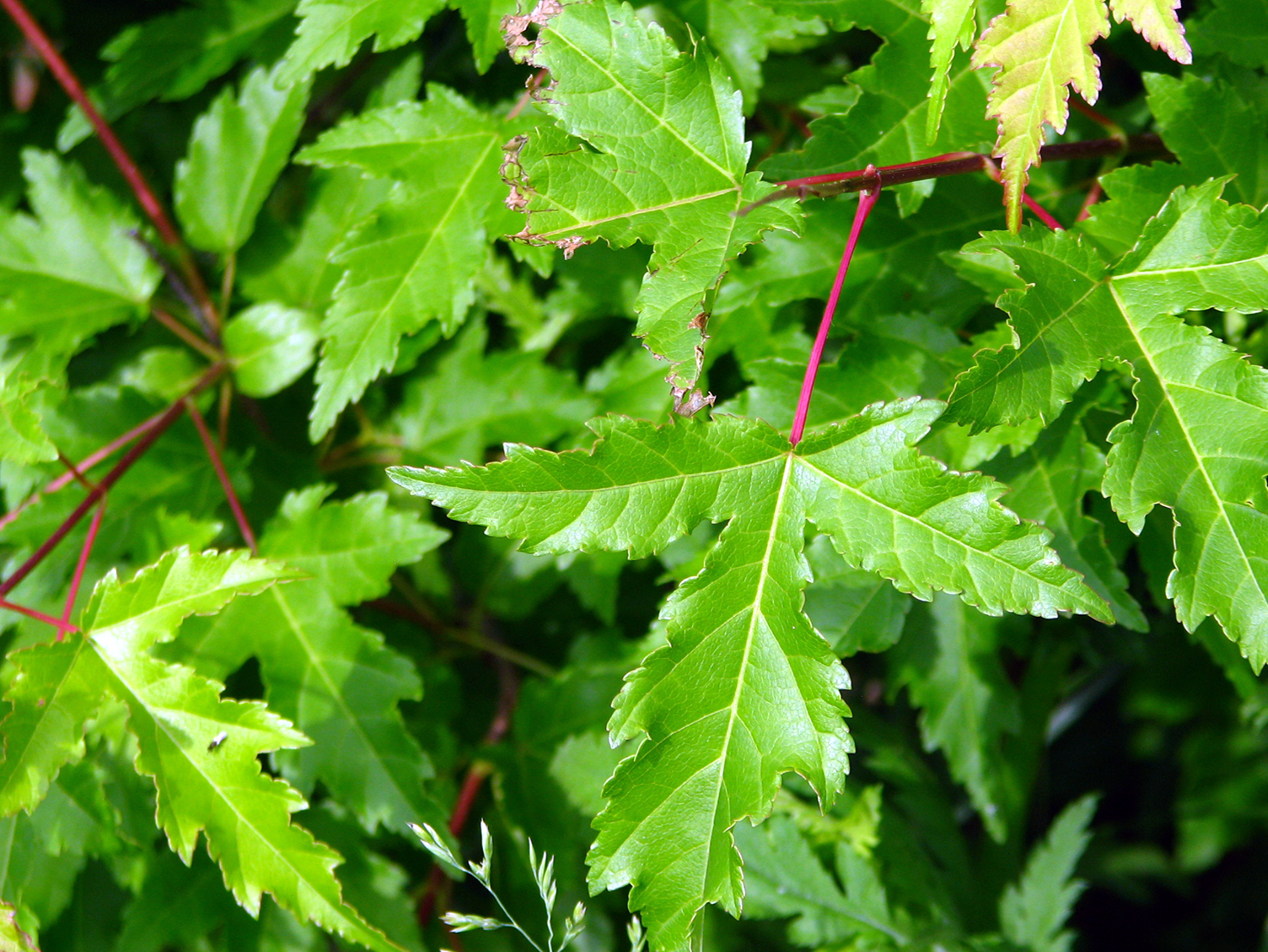

Means of spread and distributionĮach tree can produce 5,000 or more fruits per year. It will tolerate shade, and is often planted as a small understory tree. It grows in a wide range of soil types and moisture levels. Davis Sydnor, TheĪmur maple is found in open woodlands, forest edges, open disturbed areas, roadsides, and in ornamental landscapes. Rawlins, Universityįall color, photo by T. Bark is smooth and gray on young branches and grayish-brown on older branches.īark, photo by Karan A.Fruits are red, ¾ - 1 inch long, double-winged samaras typical of maple trees.Bloom time is April and May when new foliage appears. Flowers are fragrant, white, and arranged in loose clusters.The leaves are opposite, 3-lobed with toothed margins, and are longer than they are wide.May grow in either a multi-stemmed or single-trunk form. Amur maple is a deciduous large shrub or small tree that grows to 20 feet, with brilliant red fall color.

It has been widely sold and planted in Minnesota as an ornamental landscape tree, as a windbreak, and in hedges or screen plantings. In the U.S., it is present and invasive throughout the Northeast and Midwest states. It was introduced to North America in the 1860s. BackgroundĪmur maple a native of central and northern China, Manchuria and Japan. Amur maple should not be planted closer than 100 yards from natural areas.” View the Minnesota Noxious Weed Law for more information. ginnalaĪny person, corporation, business or other retail entity distributing Amur maple or its cultivars for sale within the state, must have information directly affixed to the plant or container packaging that it is being sold with, stating the following: “Amur maple should only be planted in areas where the seedlings will be controlled or eradicated by mowing or other means. Scientific Name: Acer ginnala Maxim., syn.


 0 kommentar(er)
0 kommentar(er)
